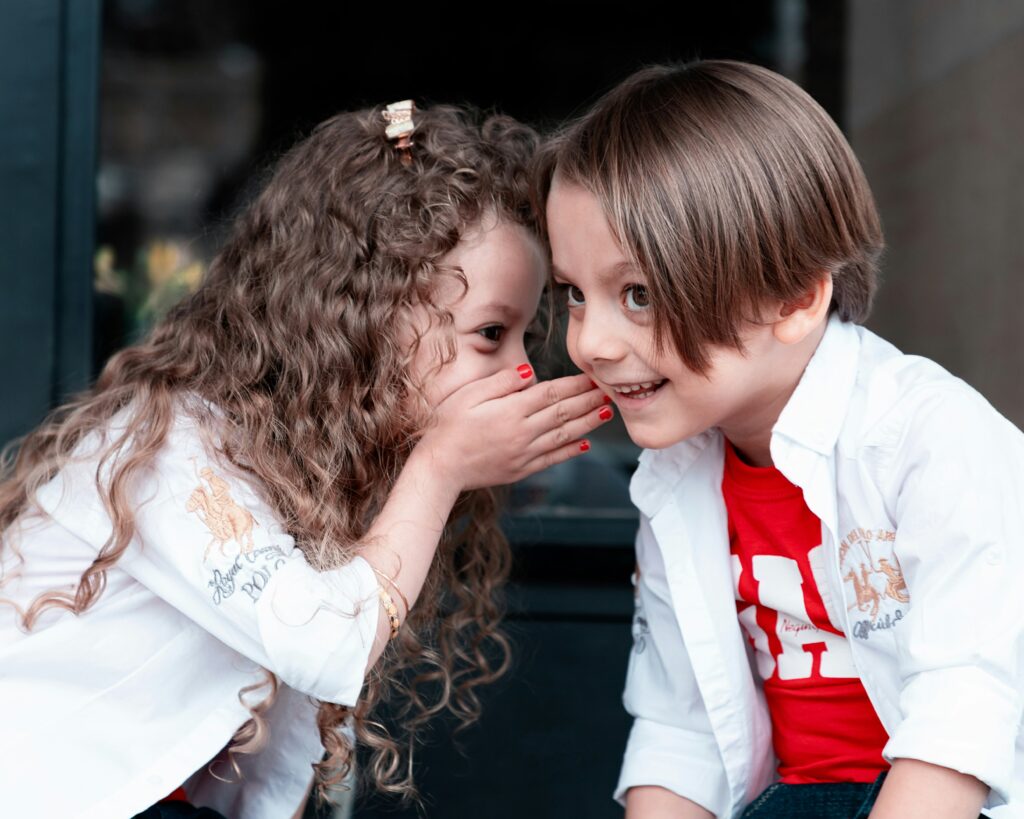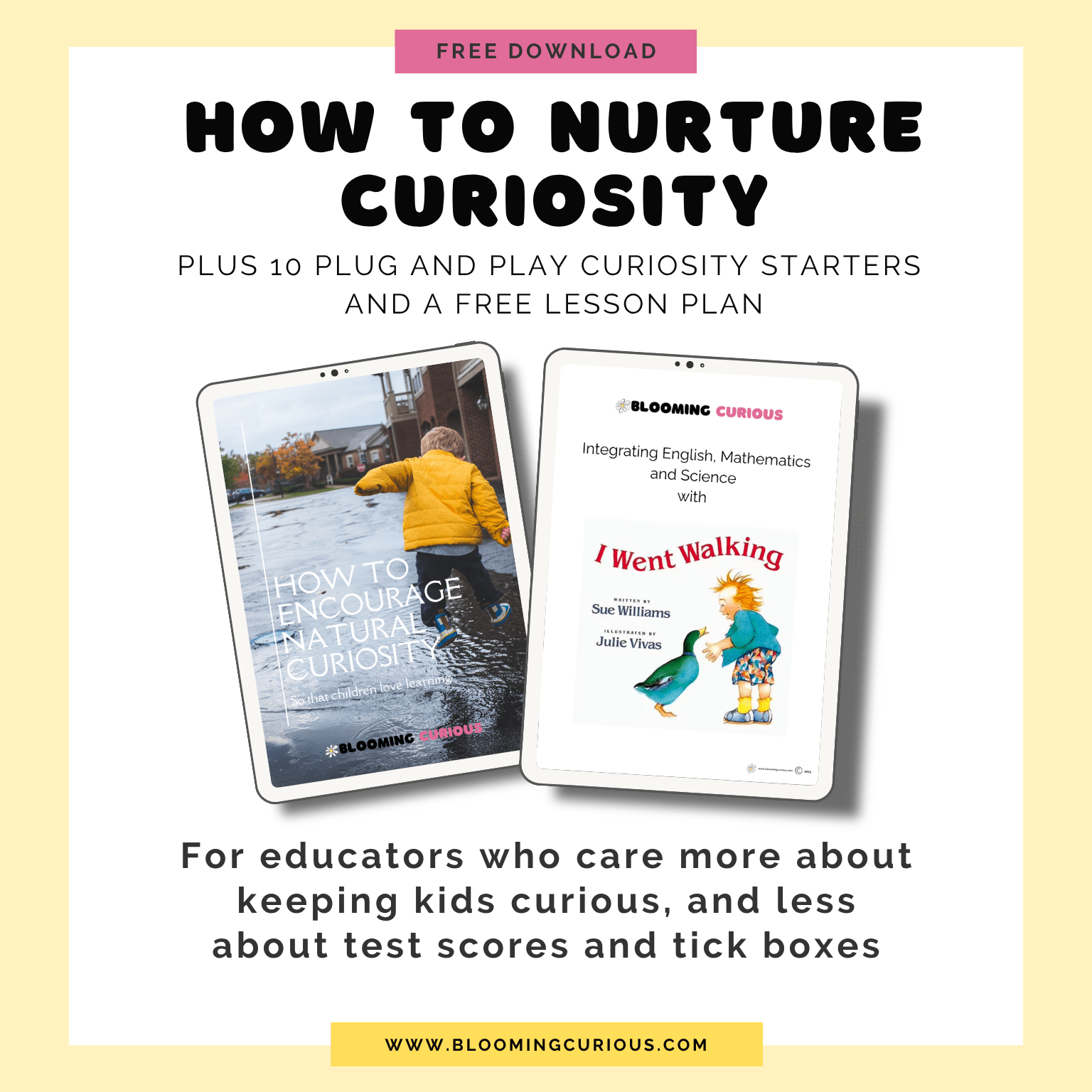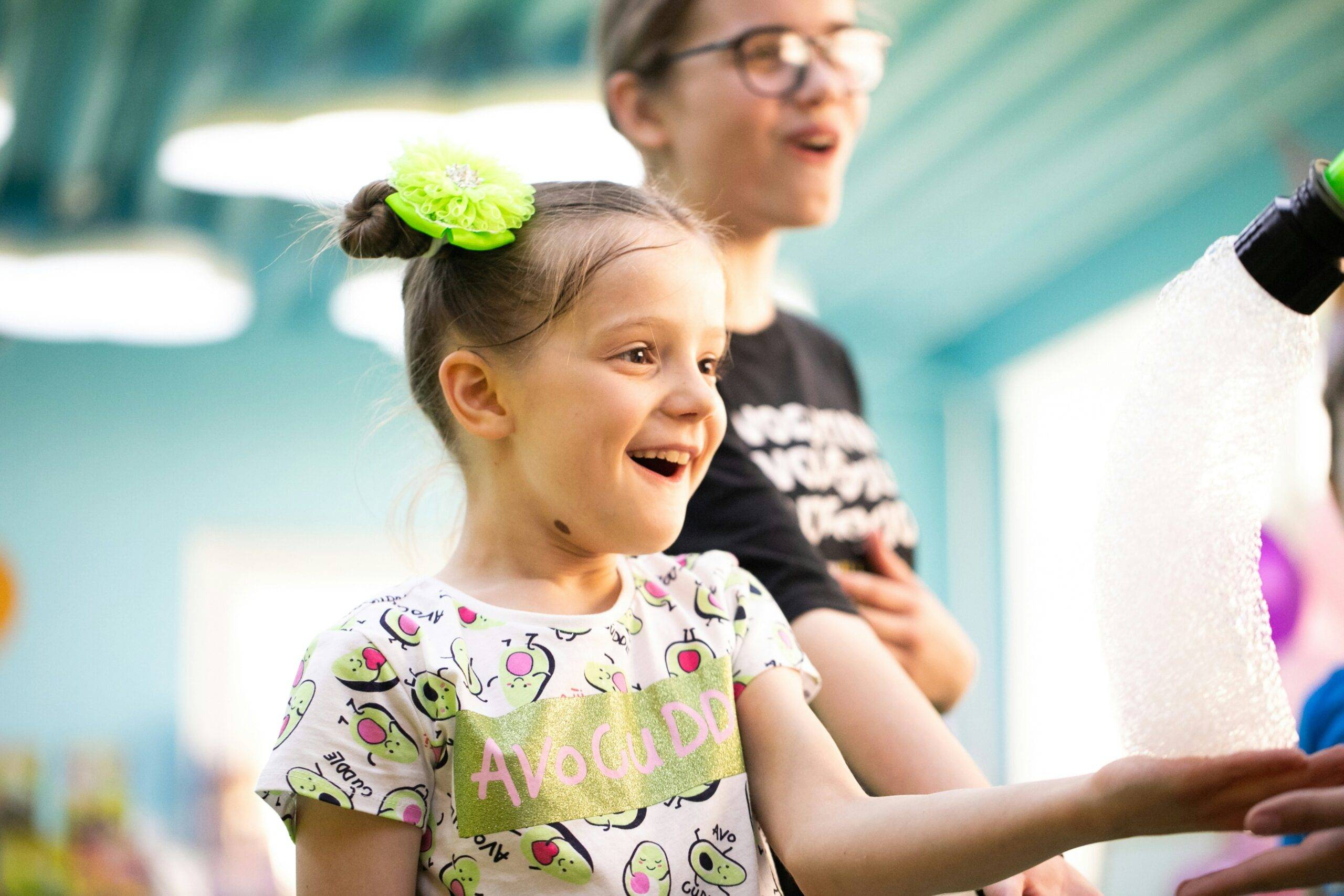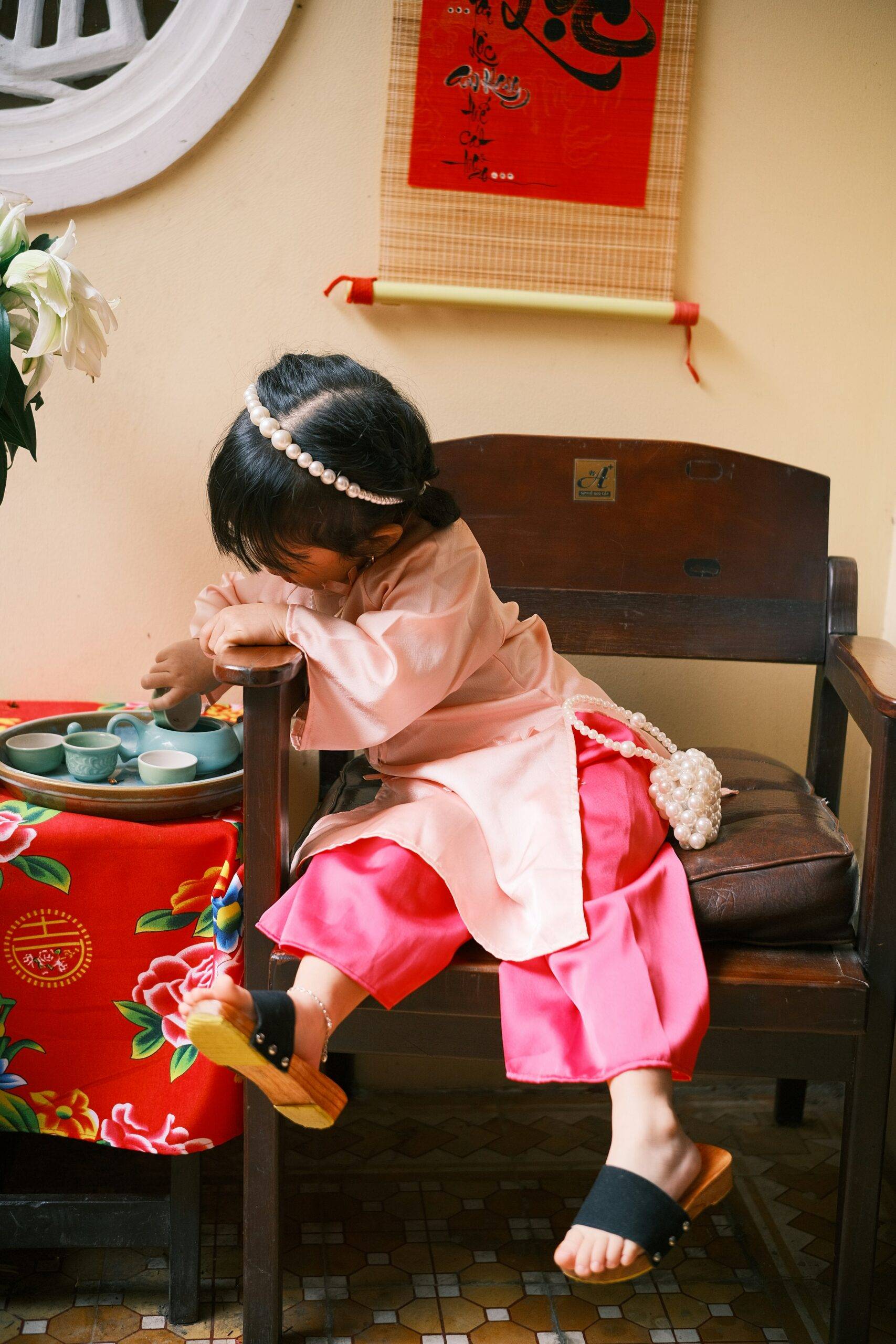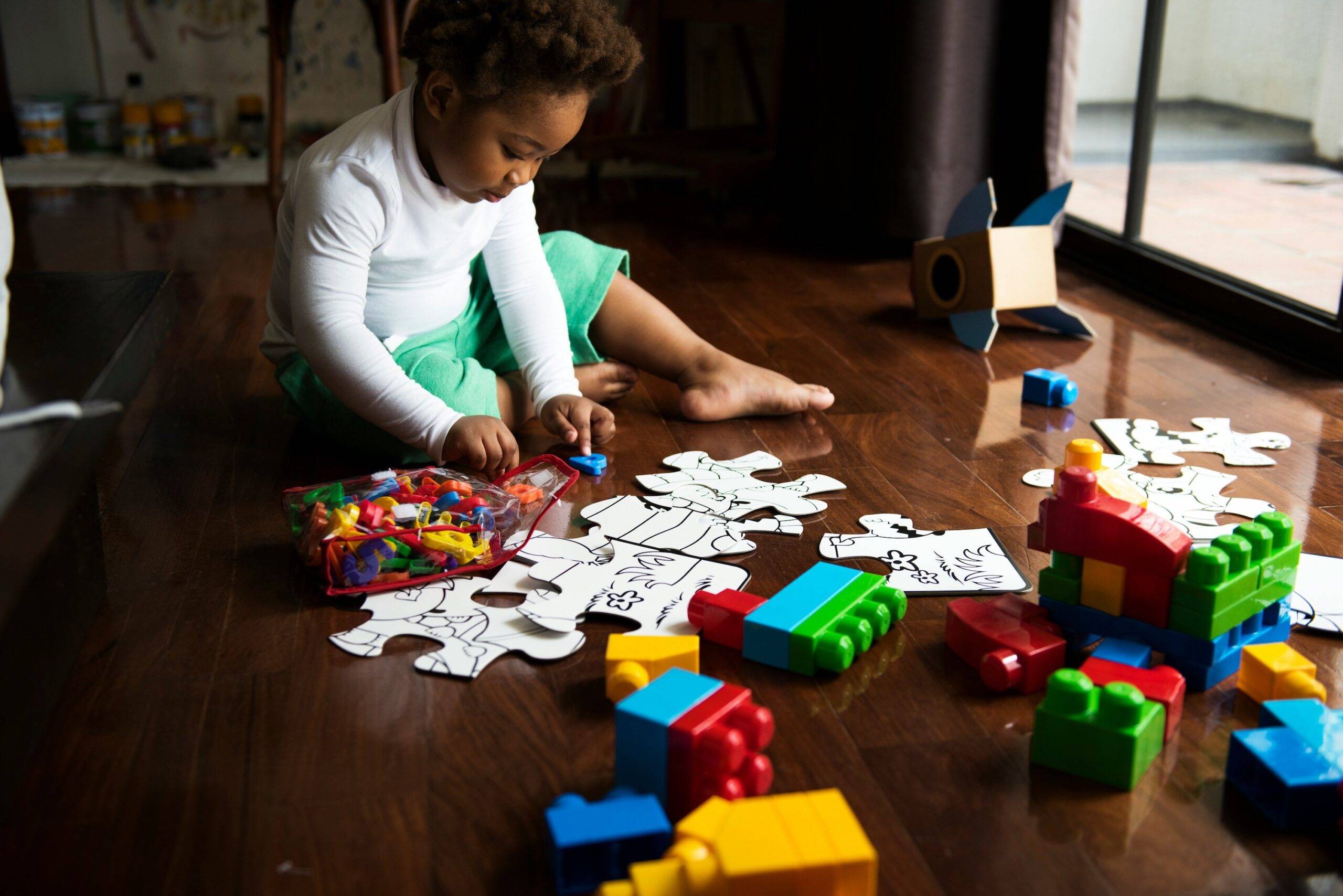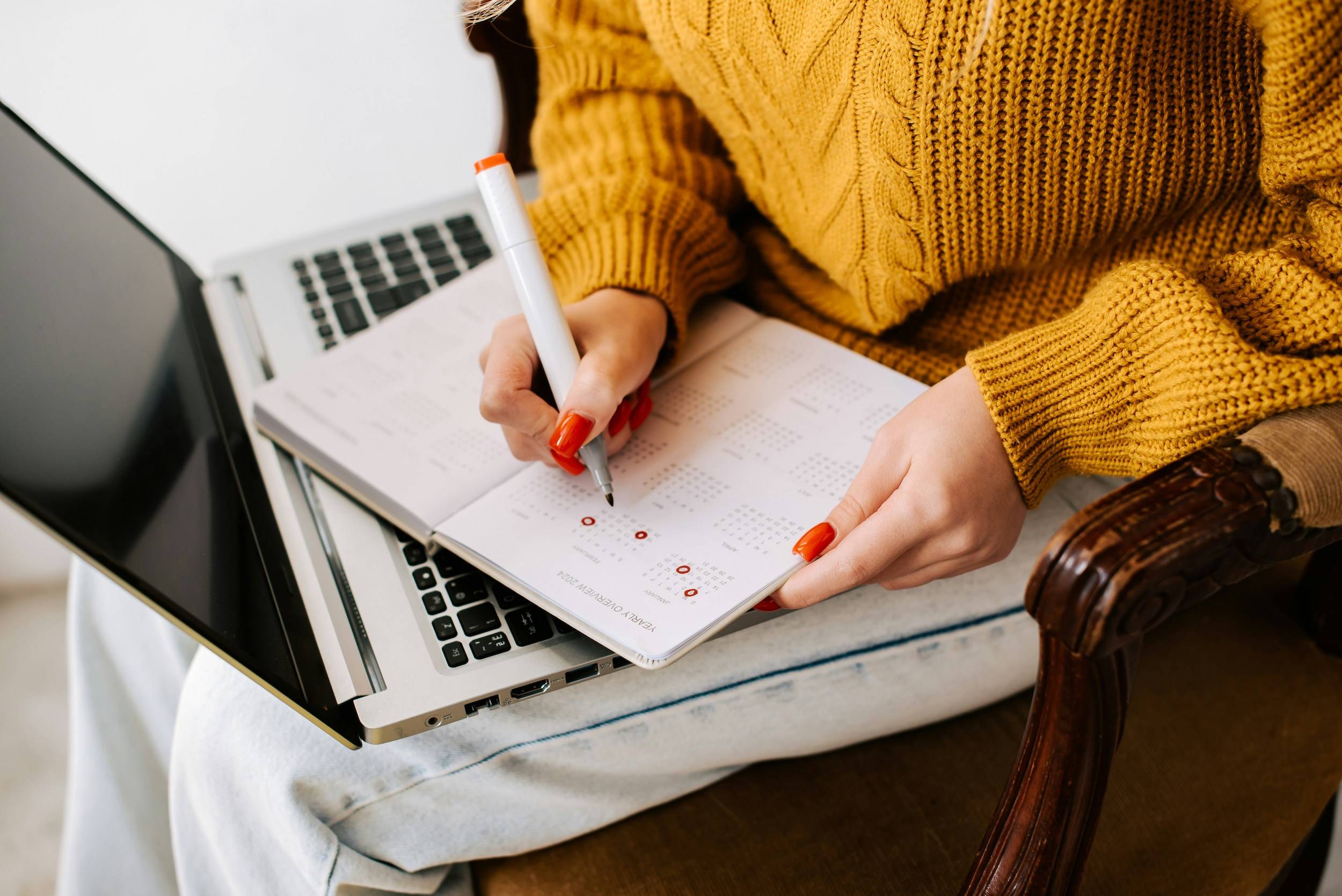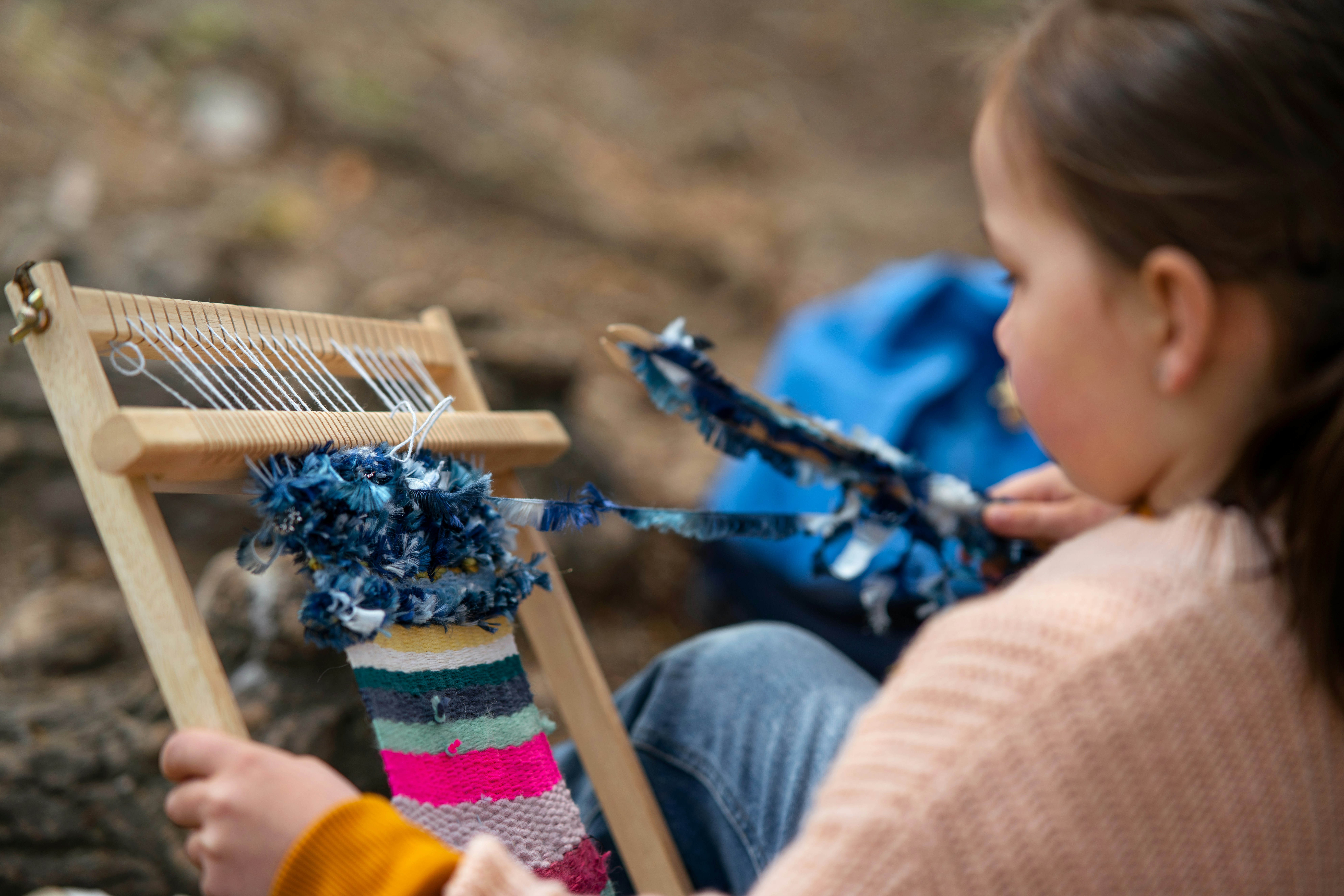Some of the links below may be affiliate links. This means that, at zero cost to you, I will earn an affiliate commission if you click through the link and finalise a purchase. All product recommendations are products that I have used and loved, or products that I would recommend based on experience.
Long before children learn to write, they learn how to communicate through language and gestures. Speaking comes before writing.
This is why I am a big fan of teaching children to read using the sounds in language i.e. synthetic phonics. We explicitly teach students the sounds in words so that they can use that knowledge to blend the sounds together and ultimately sound out a whole word in order to read it e.g. B-OA-T spells boat.
In this POST I explain how to teach children to read.
Before writing comes speaking.
In the same way we first teach children the phonetic sounds in language so that they can decode words in order to become proficient readers, so too they need to be proficient speakers before they can become proficient writers.
This is why I am a big fan of Pi Corbett’s Talk For Writing. It helps children to speak a text orally, before they write a text. This writing system can be applied to both fiction and non-fiction writing.
If you’re interested in watching Pi Corbett in action and to learn how to apply this way of learning to write, then simply type in Pi Corbett Talk for Writing into Youtube and learn away!
You can also purchase Pi’s books which I have found tremendously useful when teaching writing.
These are my favourites:
Talk for Writing Across the Curriculum ( I have this one)
Talk for Writing Across the Curriculum 2nd Edition
How to Teach Story Writing at Key Stage One ( this one is suitable up to Year 2)
How to Teach Story Writing at Key Stage Two
Learning Procedural Language with Imaginative Play
Play is learning! When children are playing they are learning how to communicate through language, what socially acceptable behaviour is, how to problem solve and be creative thinkers.
It makes sense then to create opportunities for children to practice expressive language through intentional playful experiences.
This is when we set up pretend play areas in our learning spaces and classrooms. We allow children to interact with provocations and artefacts, and to create experiences that allow them to talk and communicate with their friends.
When it comes to teaching procedural language, which they will need to eventually write scientific procedures or when they need to write recipes or the instructions when designing and creating products SEE THIS POST, it is really helpful to tap into their most natural way to learn…through play.
One way that I found really helpful, is by providing them with materials to teach a friend to follow a set of rules or procedures, AND providing them with the language they need to be successful and interesting procedure writers. The reason they need us not only to model the appropriate language but also to provide them with the language is to prevent them from repeatedly using “and then” each time they describe the next step.
Obviously providing REAL items is always the most preferred way, but when that isn’t available, using pretend items, like pretend food or a doll and clothes is the next best options.
The types of procedures to practise
- How to dress a doll or teddy
- How to make porridge
- How to make a snowman
- How to make chocolate crackles
- How to make a sandwich
- How to build a block tower
- How to plant a bean seed
- How to trap a monster and a million more
Because I love a spot of textile creation, I made the felt sandwich you see below. I simply googled a template and then created the various pieces that make up the sandwich including a bag that all the pieces fit into. If sewing is not your idea of fun, then you can easily purchase pretend felt sandwich kits off Amazon. This is a great one!
Alternatively, you could get wooden sandwich kits too. Personally I prefer felt or wood over plastic, since they are a more natural alternative.
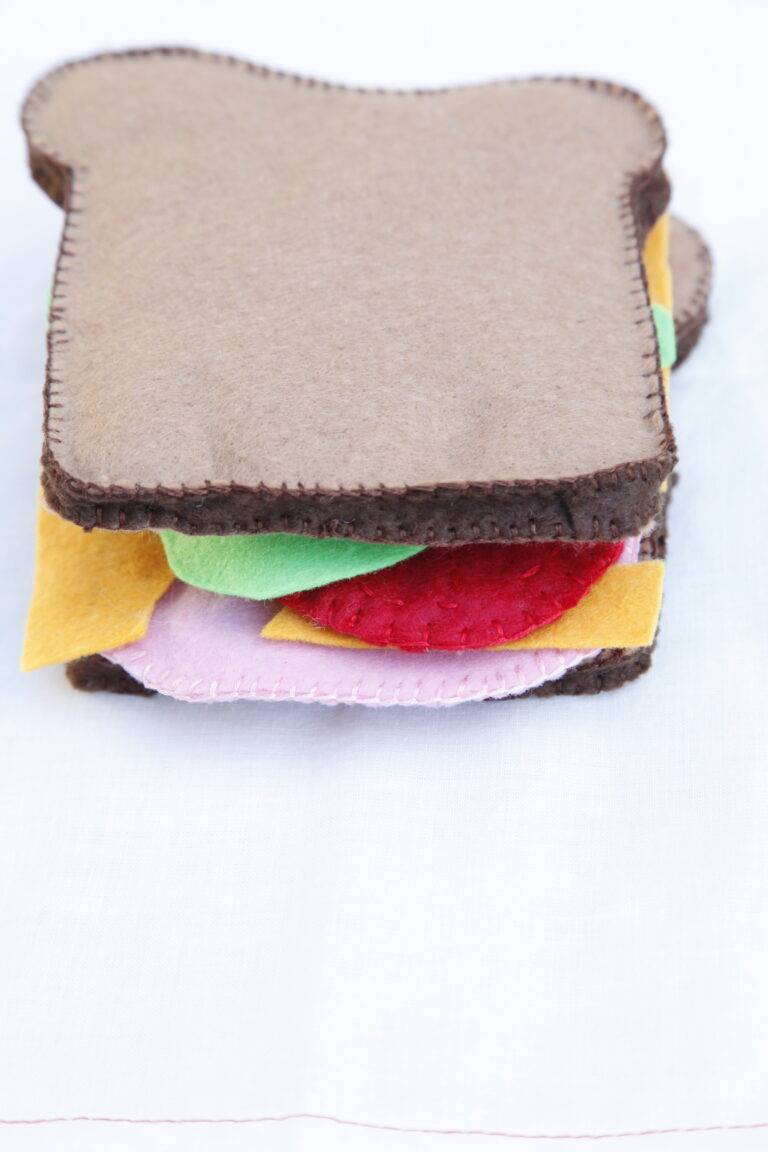
How to practice procedural language
One of my favourite ways to practice procedural language in the early years is for children to practice speaking using a barrier game. The idea is you put up a barrier between two children. The one gives the instructions using the correct language ( which you model and then give them a prompt card), while the child on the other side of the barrier carries out the instructions. Once they’ve done that a few times they then swap their roles.
Once children are at the stage where they are proficient at language, then they can draw the procedure and dictate it to you.
The next step would obviously be to plan and write the procedure, but this certainly is way down the track once children are able to express themselves with language and have reached the stage where they are able to write sentences.
Writing procedural texts, can be so boring and dry. This is why using something like Talk For Writing and using props to practice language in a playful way is such a powerful way to teach children language in all it’s forms.
I have created a FREE resource to help your students with every stage of the process. The resource includes a page with blank squares where children can draw each stage of the procedure and dictate or explain each drawing to you, two pages where children can draw each stage accompanied by a section where they can write their instructions, and finally a list of transition words that you can either use as is, or cut them out and laminate them to use as you see fit. Get the bundle for FREE by clicking HERE.
Did you find some value here? If you did share this post with a friend or to your social media so that others can benefit too.
